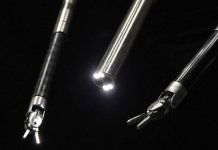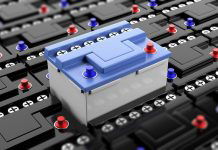
Nowadays we have increasing resource and environment problems, and it is urgent to improve energy management.
One question is how to use emerging IT technologies, such as cloud computing, Internet of Things, and big data analysis to achieve this goal.
In a paper published in Applied Energy, researchers discussed this issue.
They introduced the fourth evolution of the energy system, the key concepts of smart energy, and it’s business values as well as agendas.
Since the second industrial revolution, energy production has experienced continuous development.
The first energy evolution is a decentralized energy system. At that time, the electric power was just invented, and low technologies were used in isolated energy production.
The second energy evolution is a centralized energy system. At the time, large-scale thermal power plants were developed, and energy production became independent and more efficient.
The third energy evolution is a distributed energy system. At the time, a cleaner energy system became necessary, and people started to develop technologies related to renewable energy, such as wind power and solar power.
The fourth energy evolution is smart energy. People use intelligent sensing, cloud computing, and mobile internet to digitize the energy system.
The whole energy industry chain, including energy production, processing, transmission, distribution, and consumption, can be examined via big data analysis.
Smart energy has several key concepts. One is prosumer, which combines “consumer” and “producer”. It means energy consumers can produce energy independently. This has been achieved in countries like Germany and China in wind energy and solar energy industries.
Another is a virtual power plant, which integrates various power sources (e.g., wind turbines, small hydro, photovoltaic, batteries, etc.) to give a reliable overall power supply.
The third is microgrid, which includes demand management, energy storage, and energy generation. A microgrid can be operated in parallel with or independently from the main power grid.
The fourth is the smart grid, which has smart meters, smart appliances, and energy efficiency resources.
From a business perspective, smart energy includes three modules: connection architecture, business process, and infrastructure.
Connection architecture ensures the security and privacy protection of the whole business.
Business process includes energy production, transmission, distribution, consumption, and application.
The infrastructure module focuses on big data analysis.
Researchers suggest that innovative business models for smart energy require improvement in marketing, technology, product, services, and management.
Future work aims to increase the use of big data analytics in the energy sector, reduce the security risk caused by interconnected institutions and users, and develop clear policies and regulations.
Copyright © 2018 Knowridge Science Report. All rights reserved.



